[ad_1]
Poor drainage is a major killer of our prized yard species, as stagnant water breeds sickness and disaster. Plant roots wrestle to breathe and slowly drown with out entry to adequate oxygen. Assessing what sort of soil you’ve got helps you amend it larger. You’ll know exactly what it desires so you’ll develop the easiest crops and ornamentals.
Correctly-drained soil is often current in sandy, rocky, and gritty areas. Coastal zones, alpine slopes, and deserts have most likely essentially the most free-draining soils of any ecosystem. Gardeners in these locales could have fascinating well-draining soil, nevertheless others’ soil prime quality varies outside these zones.
Metropolis enchancment, yard care, and the ecosystem have an effect on soil drainage and prime quality. Your soil may be a combination of grime from outside and native sources, which means it could very properly be completely completely different from the pure areas spherical you. Probably the greatest methods to know your variety is to do a drainage verify at home. For further reliable outcomes, you may additionally go for a verify bundle that determines pure matter content material materials, pH ranges, and which nutritional vitamins are present.
Let’s uncover a deeper understanding of drainage and how one can improve it.
The Fast Reply
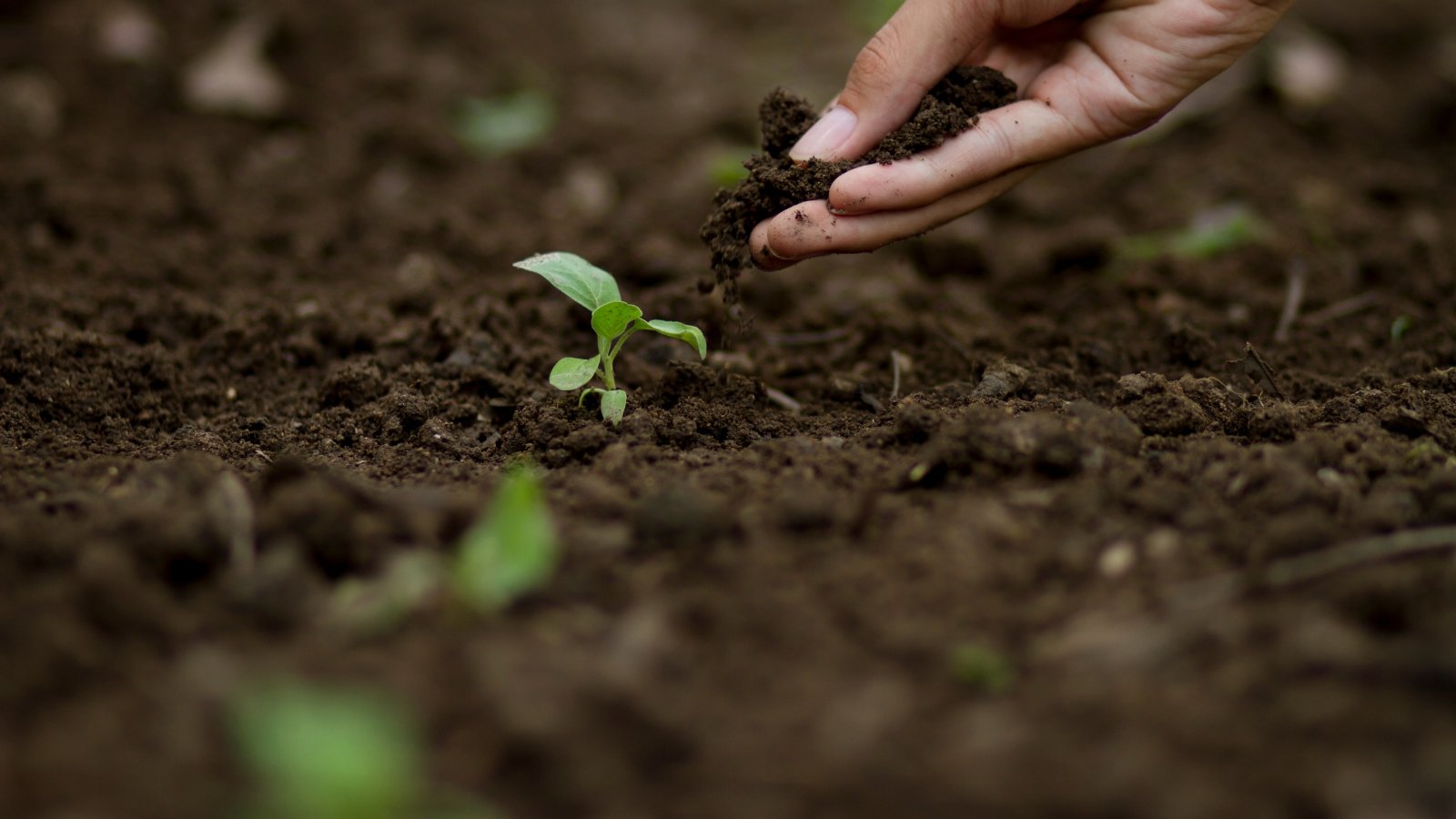

Correctly-drained soil loses moisture freely and dries quickly. Soil is made up of a mix of three particles: clay, sand, and silt. When rich in sand and silt, it’s free, or well-draining. When heavy with clay, it’s soggy when moist and compact when dry. Probably the greatest ones have an excellent stability of all three particle sizes. In case your grime is outside the fluctuate you prefer, take into consideration amending it or trying to find crops that thrive throughout the circumstances you’ve acquired already.
The Prolonged Reply


We’ll use a drainage verify to see your soil variety, after which be taught what to do as quickly as you understand. There are a selection of selections it would not matter what selection you’ve got, so let’s get into it!
Soil Drainage Check out
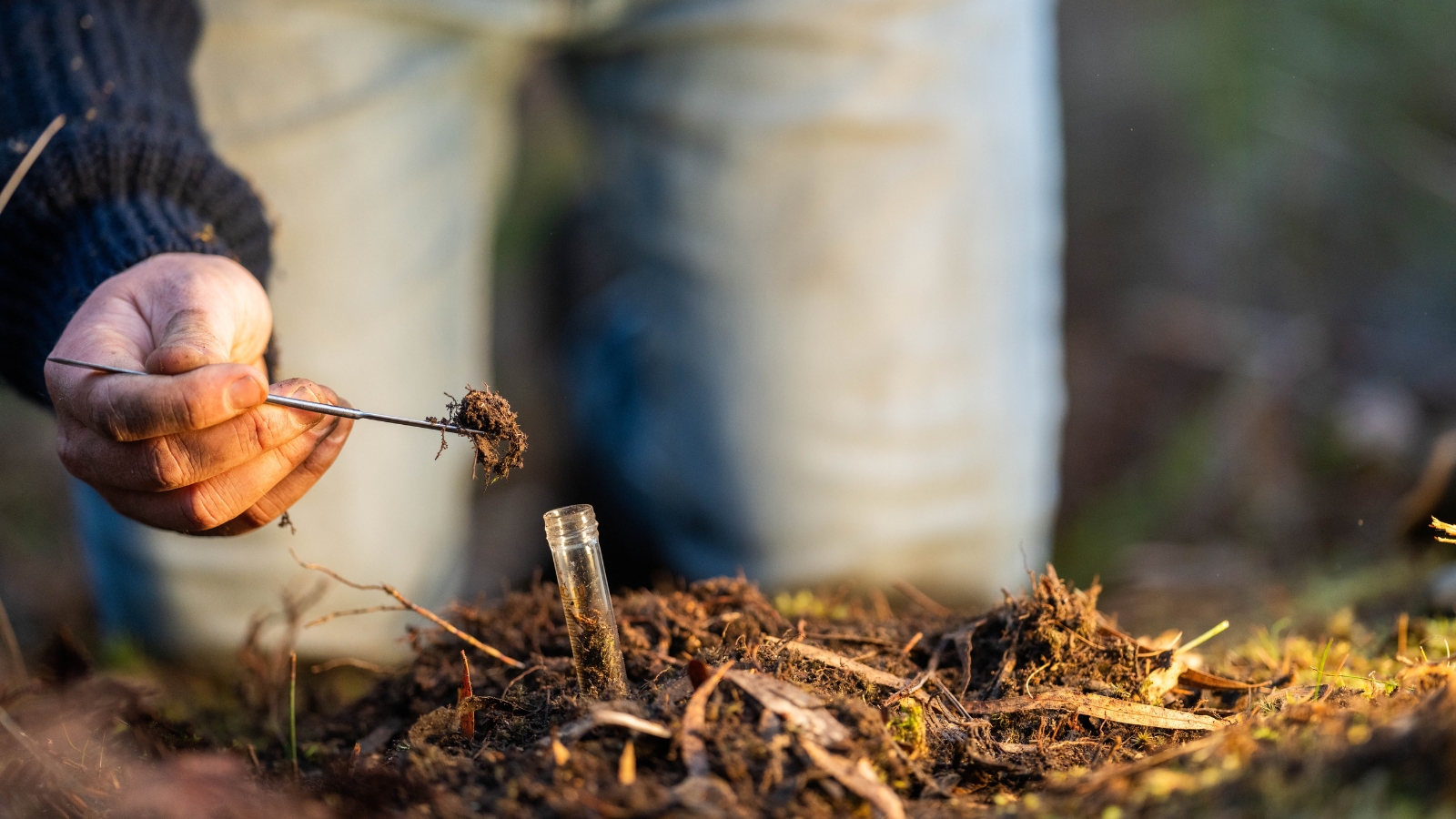

That may be a easy drainage verify will determine whether or not or not you’ve got poorly or well-draining soil:
- Start by digging a spot two ft deep.
- Fill it with water, then let it drain. This step completely soaks the world.
- After the first draining, replenish the outlet as soon as extra with further water.
- Study in your hole after thirty minutes, after which after an hour.
- If it drains completely in an hour, your grime’s well-drained.
- If it takes longer than a lot of hours then it drains slowly.
Iowa State School teaches one different variation of this verify:
- Fill the outlet as quickly as and let it drain.
- Then, fill it a second time and measure how lots water drains after fifteen minutes.
- Multiply that amount by 4, and likewise you’ll uncover what variety of inches of water drain per hour out of your yard soil.
- Larger than an inch an hour is well-drained, and larger than 4 inches could also be very well-drained.
Clay, Sand, or Silt?
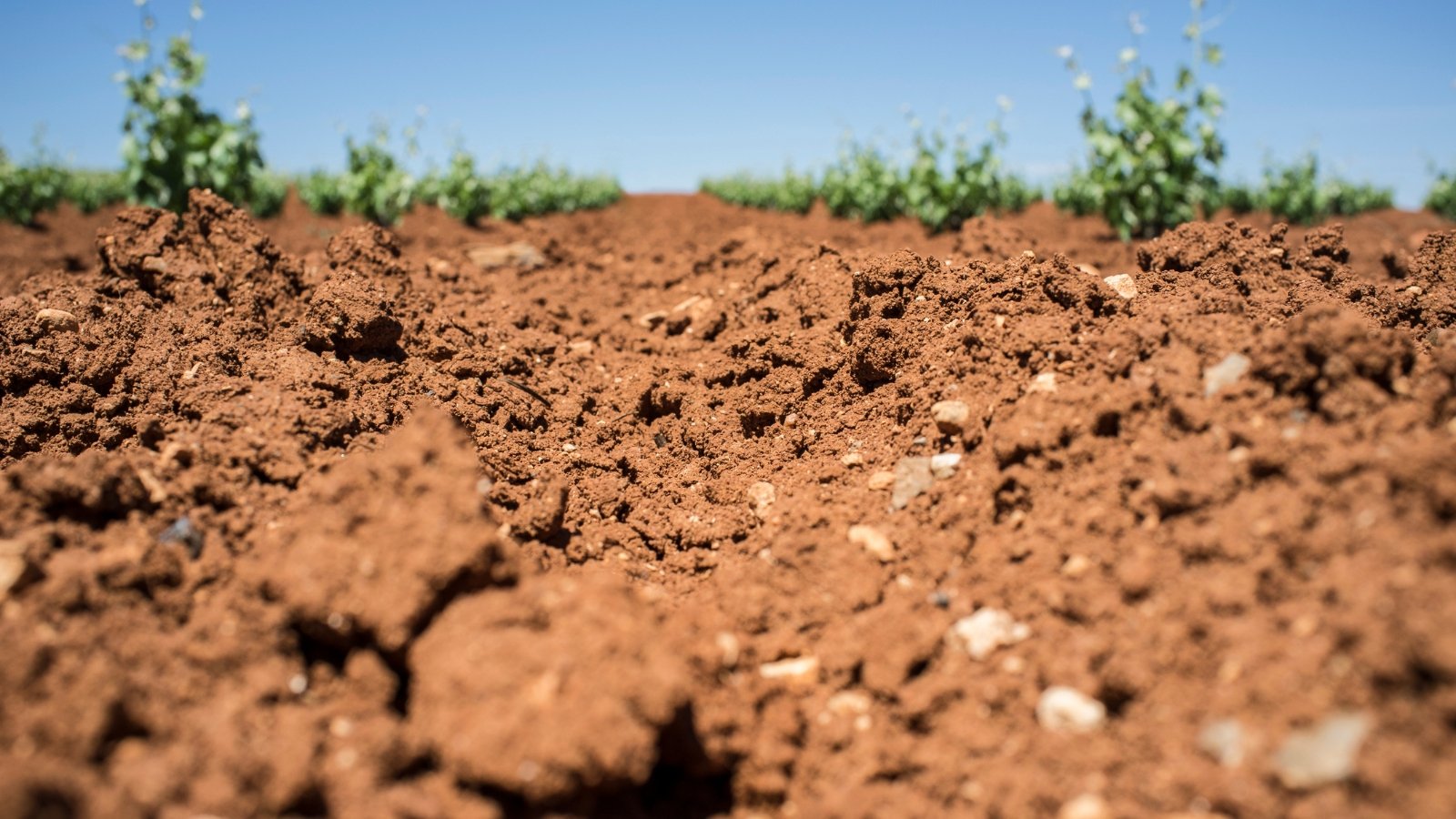

Drainage and development impact one another counting on what particles are in your grime. Most yard species select loam, a good mixing of clay, sand, and silt. Sandy and loamy soils drain correctly, whereas clay ones do not.
Check out the development by together with plenty of water to an house of your yard. The following day, seize a handful of it and sort a ball tightly in your hand.
- If it compacts, holds its type, and is slimy, it’s clay.
- It’s sandy if it immediately loses type for those who open your hand.
- Loamy soils keep the ball type, nevertheless as well as they crumble a bit for those who poke them.
Yard Location
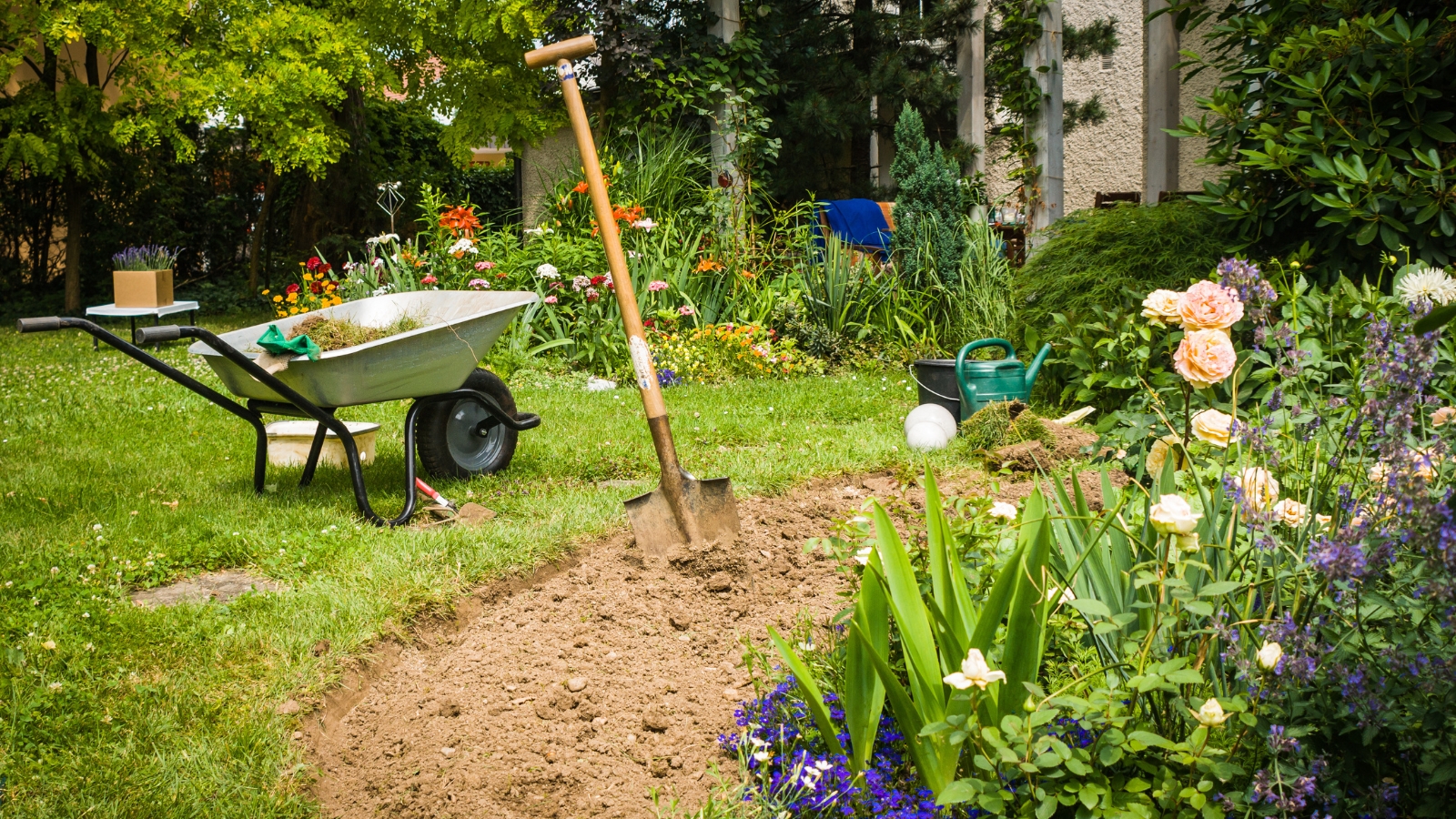

Your yard may be well-draining for those who occur to dwell in a high-elevation or sloped house. These circumstances promote free-flowing moisture and air biking beneath the underside. Conversely, gardeners in low elevations will uncover water pooling after rainstorms and irrigation.
If hills are inflicting water to pool at their base, you’ll stage them out. The minute topography of your yard influences how rain travels. Watch how water drains over a 12 months to see the implications of each season in your soil and its drainage capabilities.
Furrows provide help to take full good thing about the hills in your yard. Dig trenches three inches deep on the bottom of every slope. Then, plant crops near the ditch. Let a hose trickle in it, and your crops will suck up moisture as a result of it spreads. This moreover helps your ornamentals entry free-flowing rainwater, as a result of it swimming swimming pools throughout the trenches after rainstorms.
Break Up The Hardpan
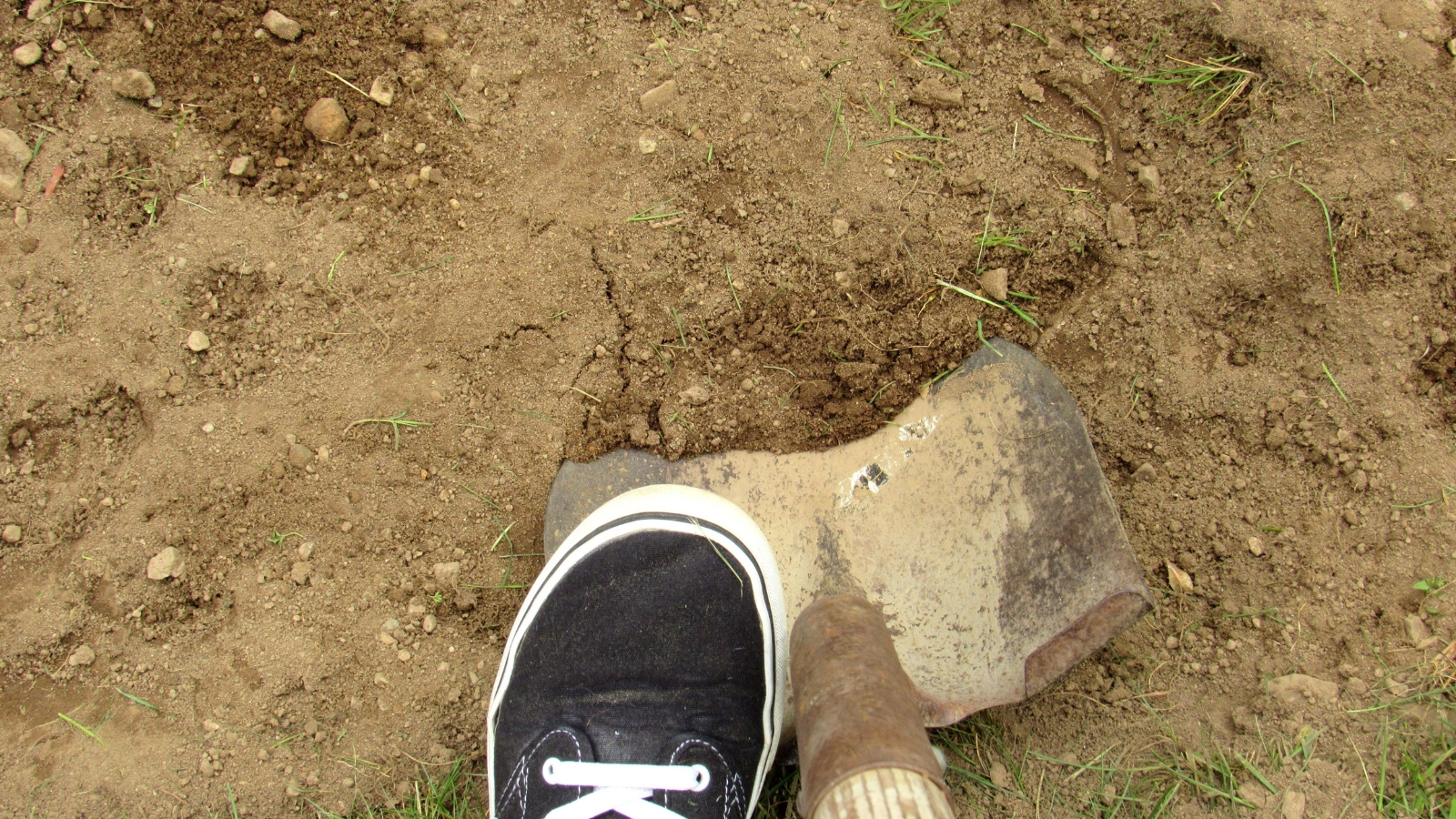

Hardpan prevents good drainage, as a result of it’s impervious to water and root progress. It’s a intently compacted layer of soil ensuing from pure or metropolis circumstances. Architects and constructing workers rely upon compact ground to assemble their buildings. This suggests many areas near our homes have a hardpan beneath them.
If the thick layer is close to the ground, you’ll till it a foot deep. Tilling would possibly lead to further compact soils over time, as a result of it kills the current life belowground. A greater, a lot much less damaging method is to utilize drainage chimneys that let water transfer freely via them. A broadfork is an excellent machine for the job.
When you plant timber or shrubs, dig a deep hole via the hardpan layer to porous ground beneath. As you backfill it, use humus or compost-rich soil. Whereas the tree grows, its roots will enhance into the hardpan and break it up naturally. The organically rich soil spreads microbes, worms, and fungi that colonize impermeable areas.
Dig deep for every new species you add to your yard. With adequate additions, the hardpan will slowly disappear as roots unfold and creep into beforehand uninhabitable areas. An excellent rule of thumb is to excavate to the depth of two shovel spades.
Amend Unfit Soils
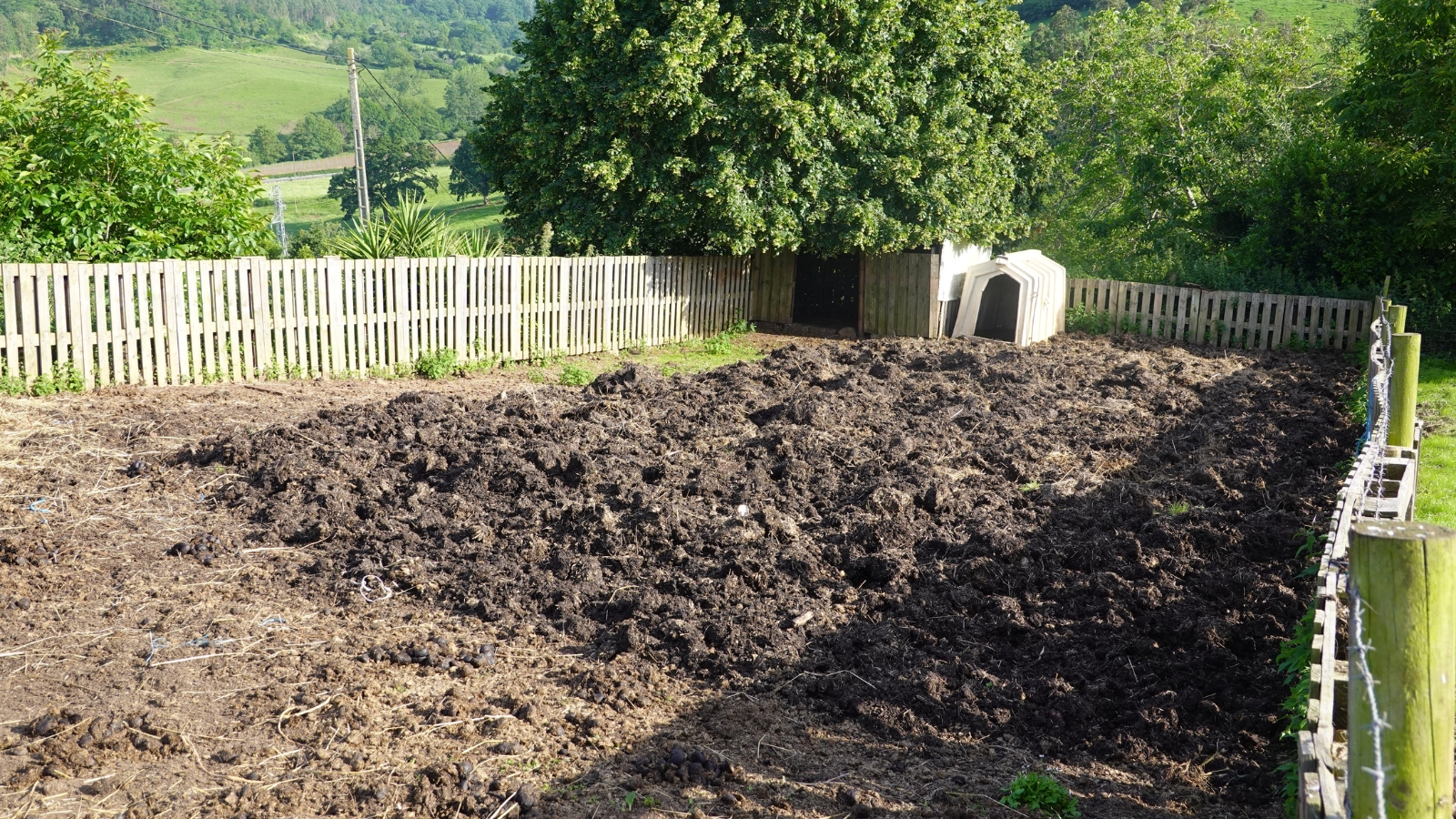

Poorly and intensely well-draining soils are typically too harsh for a lot of roots. Drought or excessive rain causes soggy or bone-dry circumstances, and your crops wrestle to adapt. Compost is a simple restore that promotes drainage and balanced water retention.
Compost, or an equivalent pure mulch, benefits present grime in a lot of strategies. Firstly, it gives nutritional vitamins that crops and ornamentals need like phosphorus, nitrogen, and calcium. It moreover promotes drainage with its porous development—it mixes with present soils, together with water and air tunnels.
Pure amendments inject mycorrhizal fungi, worms, and micro organism that confederate with roots. They create channels, digest nutritional vitamins, and create cozy little homes for our yard varieties. These amendments help every sandy and clay soils stability out to be loamy. Loam is well-draining and moisture-retentive, and it’s hospitable for a lot of species.
Correct Plant, Correct Spot
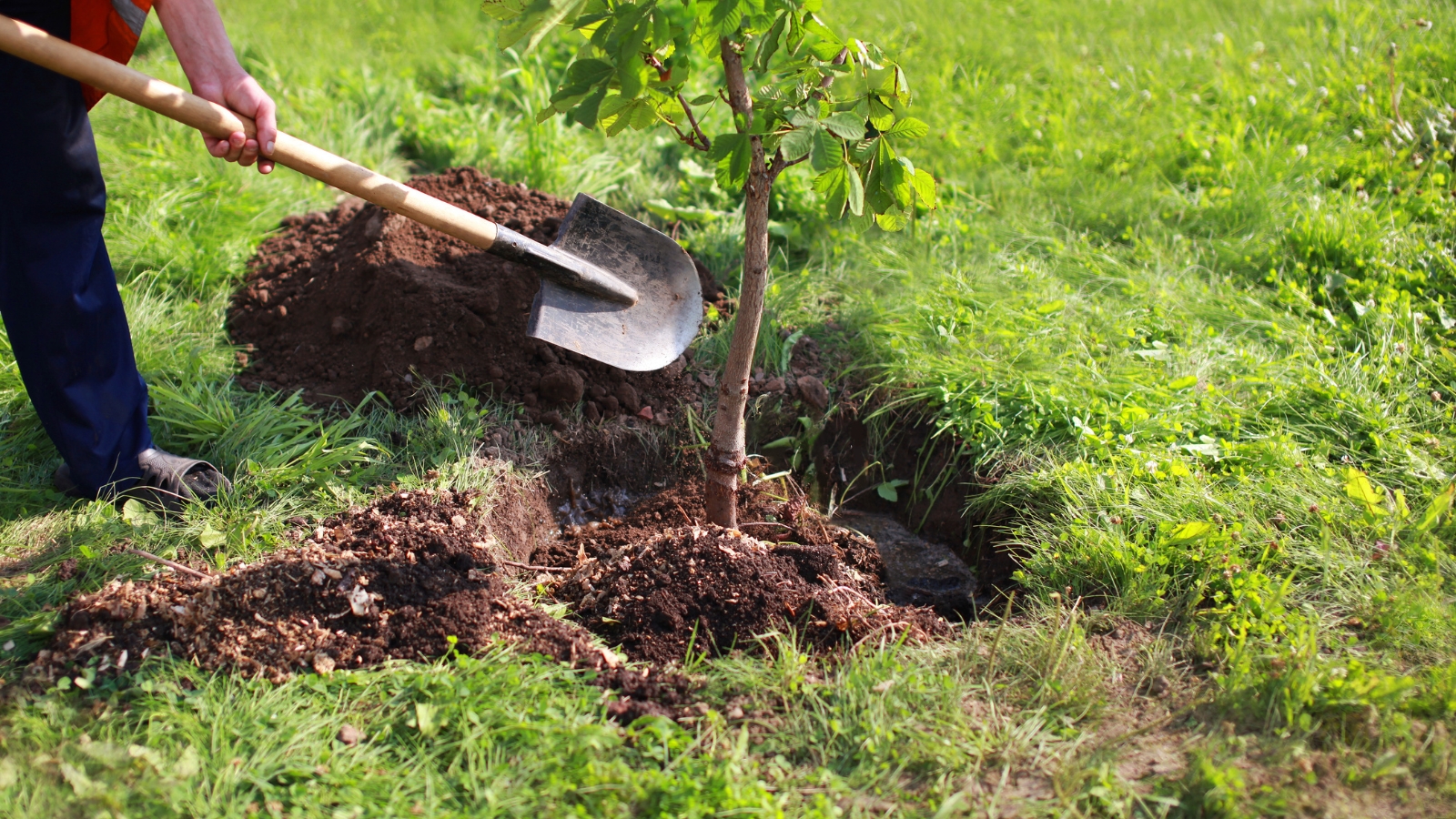

One of the best method to kind out well-draining or poorly-draining soil is to determine on plant varieties that admire your yard’s current circumstances. Cacti, succulents, and drought-tolerant shrubs admire sandy soils. Coastal, alpine, and dry forest crops like well-drained circumstances.
The species that favor it moist are more likely to develop in bogs, swamps, or moist areas. They’re moist lovers on account of they experience an entire lot of rainfall or on account of water certainly not drains the place they dwell. They’re usually evergreen or herbaceous perennials that don’t develop correctly with persistent droughts.
When uncertain, think about the place the plant you’re rising originates. Its native circumstances help clue you into the sort of life it prefers. Some favor it moist and funky, whereas others favor it free-draining and bone dry. Give your crops what they want, they often’ll create a yard the place others couldn’t.
Key Takeaways
- Correctly-drained soil applies to loam and sand, whereas clay-heavy soils are often poor draining.
- Use the drainage and development exams to seek out out soil prime quality, and what particles it consists of.
- In case your grime isn’t what you’d select it to be, amend it with compost all 12 months lengthy.
- Crops select completely completely different circumstances based mostly totally on their origins—use the most effective ones for the plot you’ve got.
[ad_2]
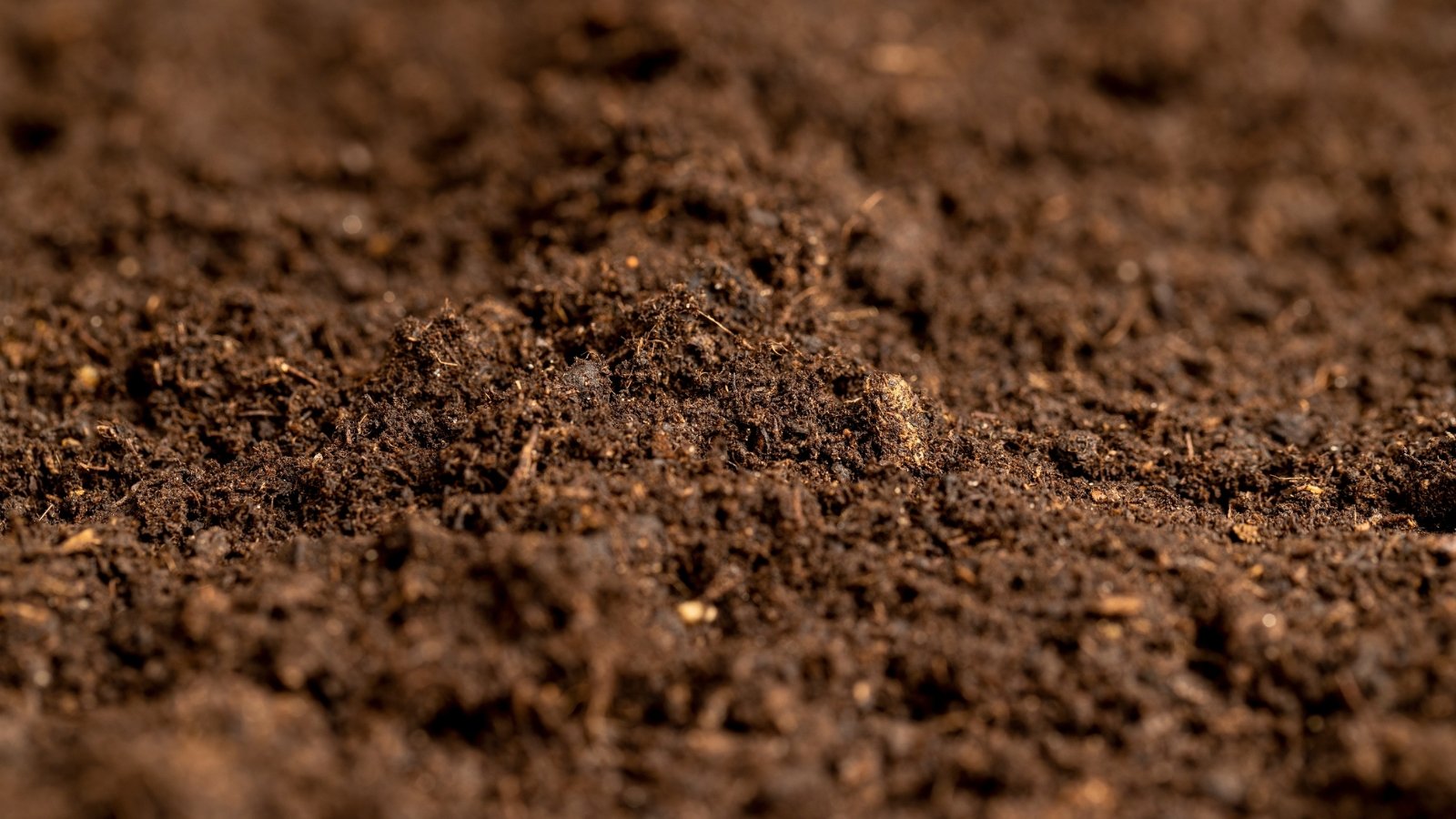
I appreciate the detail about different soil types and their drainage capabilities. Understanding how to amend poorly draining soil with compost is particularly useful, especially for those of us who want healthier plants.
The emphasis on choosing the right plants for specific soil conditions is crucial. It’s interesting to learn that certain plants thrive in sandy soils while others prefer moisture-rich environments, which can guide planting decisions.
I found the explanation of hardpan and its impact on drainage quite enlightening. The suggested techniques to address hardpan issues could be beneficial for many gardeners dealing with compacted soils.
This article provides a comprehensive overview of soil drainage and its importance for plant health. The drainage test method described seems straightforward and practical for gardeners looking to improve their soil conditions.
This article does a great job of breaking down complex concepts related to soil types and their effects on gardening. I look forward to trying the drainage test in my own garden this weekend.